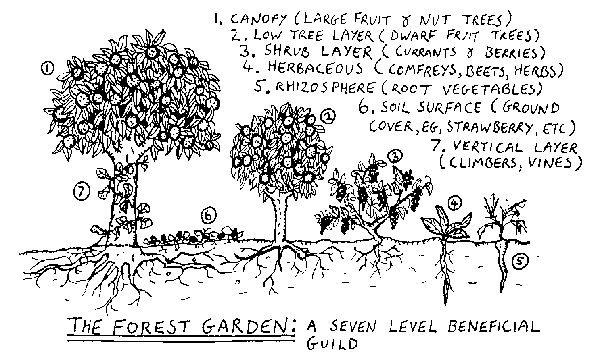
 1
1




Like other environments, it is very easy to rapidly increase the animal resources in the desert. For every one of these caves that we artificially construct, we will get an occupant. Homing pigeons and even domesticated pigeons are originally desert rock pigeons. You will see them at home in dry India and in dry Iran, living in those little holes in the rocks. You will see them on sea coasts and wherever there are any eroded rock holes. All you have to do is chisel more rock holes to get more pigeons, because there is just any amount of seeds in the desert, and there is enough water for animals with such light demand. So pigeons are number one desert domestic livestock.
Some of you may have seen pictures of the pigeon habitats built in Egypt. They are grandiose things, like little castles, all penetrated with thousands of holes, and enormous quantities of pigeons live in these pigeon castles. Pigeon manure is the best desert fertilizer. It is the highest market value manure we know. The Egyptians make the nesting hole big enough to lay two eggs, but to hold one young, so as they grow, one is pushed out and falls. Anyone can go and pick up all the fallen one. The other one grows. So the nests also are self-cleaning systems. All the wastes and the spare pigeons drop outside. There are also the eggs that may be harvested. One great advantage of growing pigeons in the desert is that, because of their nesting habits, they are almost predator-free, except for some hawks, and hawks are not very plentiful. So pigeons are a good and useful resource.
 1
1




A food source that lives on our trash that is so reproductively prolific that we can’t kill it off?
That’s green tech at its finest! Pigeons are direct waste-to-food converters, like edible protein weeds, that leave droppings that could be used as fertilizer as a bonus.
And yet we expend energy trying to get rid of them.
Milt Friend, a wildlife expert from the National Wildlife Health Center, says that city pigeons are notorious for having large amounts of lead in their bodies. They accumulate lead not only by breathing polluted air, but also by ingesting everything from paint chips to roadside dust, which also includes such nasty stuff as cadmium particles from vehicle tires.
The feral city pigeon is the most common carrier of Chlamydia sp. within the United States.

 1
1

















How permies.com works
What is a Mother Tree ?




SE, MI, Zone 5b "Opportunity is missed by most people because it is dressed in overalls and looks like work."
~Thomas Edison
 1
1




 2
2








Cargo bikes are cool
 1
1




Invasive plants are Earth's way of insisting we notice her medicines. Stephen Herrod Buhner
Everyone learns what works by learning what doesn't work. Stephen Herrod Buhner








Hugh Hawk wrote:
More worryingly, this:
The feral city pigeon is the most common carrier of Chlamydia sp. within the United States.





|
It would give a normal human mental abilities to rival mine. To think it is just a tiny ad:
A rocket mass heater is the most sustainable way to heat a conventional home
http://woodheat.net
|



